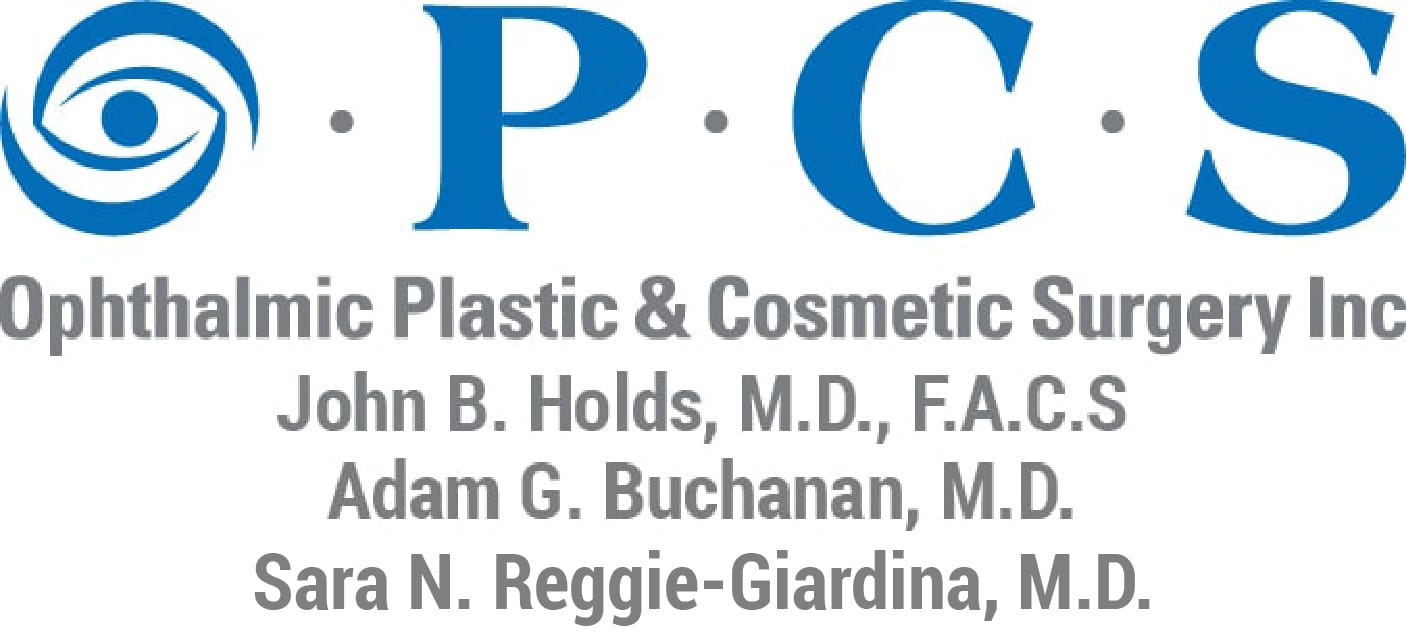Tearing Problems: What is Lacrimal Disease?
- Posted on: Jun 15 2021

Lacrimal disease may be behind these symptoms. This ophthalmic condition affects the tear ducts, which is why people may have symptoms of either dry eye or excessive tearing. In many cases, the irritation and grittiness that comes with this condition can be managed with eye drops. However, when excessive tearing is not reflexive, meaning not a response to dryness, we want to evaluate the tear ducts, the tiny drainage tubes that allow tears to exit the eye normally.
What Might Cause Tearing Problems?
Studies have shown that general health conditions like rheumatoid arthritis and rosacea may contribute to dry eye symptoms. Menopause seems to, as well, as do allergies. Sometimes, though, the eyes aren’t actually producing excessive tears; the tears that are produced just aren’t draining properly. A blocked tear duct is not a serious problem. It may occur due to certain diseases, as we mentioned, or due to injury, aging, or certain medications. It can, though rarely does, result from a tumor blocking the tear duct.
Surgery For Treating Lacrimal Disease
Tear duct obstruction requires surgery to resolve excessive tearing. The procedure, called dacryocystorhinostomy (DCR) is performed in the office using local anesthetic to numb the eye. Patients also receive a mild sedative. This causes grogginess so they need someone to drive them home. During the procedure, the ophthalmic surgeon identifies the cause of the obstruction and corrects it. This can differ from case to case and often is not known until surgery is performed. If there is also an eyelid deformity, that can be corrected at the same time.
Recovery from lacrimal surgery takes about a week. Patients can expect mild bruising, swelling, and soreness around the eye. Pain medication and cold compresses can help alleviate these side effects more quickly. To facilitate optimal recovery, patients are also advised to use antibiotic eye drops for about a week after surgery.
It can be challenging to determine the cause of excessive tearing. For assistance, schedule a visit at our St. Louis or St. Peters office.
Posted in: Lacrimal Disease, Tearing Problems

